I can’t tell you the first one I ever saw, but I can tell you the first one I ever really took notice of. As I rode my bike to work, I saw this random plaque on a random building on the Near West Side, which read:
On this site stood the home Mrs. Abraham Lincoln bought in 1866 and occupied for about a year with her son “Tad.”
What struck me about the plaque was not only its trivial location (on an uninteresting 1-story building that appeared to be no more than a few decades old) but also the trivial piece of history that it contained. I mean… yes, it was sort of interesting. Not really a significant piece of history, but I could safely say I had never heard anything about Mary Todd Lincoln living in Chicago after her husband died. After reading it, it’s the kind of information that makes you just say, “Huh. How about that?”

This sentiment was the basis of the historical plaques placed by Chicago’s Charter Jubilee in 1937. From March 4 through October 1937, Chicago held its “Charter Jubilee” commemorating the 100th anniversary of the granting of the town charter. The city held a number of community events, including luncheons, carnivals, picnics, a parade and more. Chicago hosted a heavyweight boxing championship match between Joe Louis and Jim Braddock. Local student Loraine Ingalls of Garfield Park was chosen as the “I Will” girl as the “queen of the jubilee” who “most typifies the spirit of Chicago.” At the climax of the celebration, President Roosevelt came to town to dedicate the newly-completed Centennial Bridge.
Before the jubilee began, the city announced “the marking of all historical spots with suitable plaques.” In all, by mid-September, 78 plaques were announced to be dedicated around the city that year, although that number was ultimately reduced.
All of these plaques can be recognized at being the same size (“eighteen inches wide and fifteen inches high” as noted in the original announcement), featuring the official seal of the City of Chicago at the bottom, with the same inscription above it:
ERECTED BY
CHICAGO’S CHARTER JUBILEE
AUTHENTICATED BY CHICAGO HISTORICAL SOCIETY
1937
Interestingly, although all were “authenticated by the Chicago Historical Society,” the historical validity of some of these plaques has come into question. The “First Post Office” plaque at Lake and Wacker, for example, notes “in 1833, the log store of John S.C. Hogan, was this section’s only post office.” However, Early Chicago notes that, “in 1831, Jonathan Bailey, Chicago’s first postmaster, handled postal services from the old Kinzie house, which Bailey had rented,” so the plaque should technically read “Second Post Office.”
Today, only about sixteen of these Charter Jubilee plaques remain. Many were attached to buildings that have since been torn down. Some were placed in areas that have totally changed in the last eighty years. None of the plaques that have been removed have been recovered and even a few that remain are obscured behind a wall and a light box. The most recently removed plaques include the one I mentioned above on Washington Street (removed in 2013) and a restored plaque on Michigan Avenue noting the former residence of one of Chicago’s early settlers, John Kinzie (removed in 2016 during the construction of the new Apple Store).
A manuscript was compiled in 1937 by Edward Brennan (the same Edward Brennan who fixed Chicago’s address system) noting where all of these markers were ultimately placed. (Special thanks to Meghan at the Abraham Lincoln Presidential Library in Springfield for supplying!)
Below is a map, which you can find:
- All the current plaque locations (marked in green).
- The locations of removed plaques (including the original text) (marked in red)
- The proposed locations of plaques that were ultimately omitted by the City Council (marked in yellow)
There’s a lot to take in here! Reading all of these plaques, you can not only get an idea of just how different the area (and the country) was in the mid-1800s in Chicago’s early days, but how different Chicago was in 1937 when these markers went up.
Charter Jubilee Plaques below, both found and lost. (Click to enlarge)
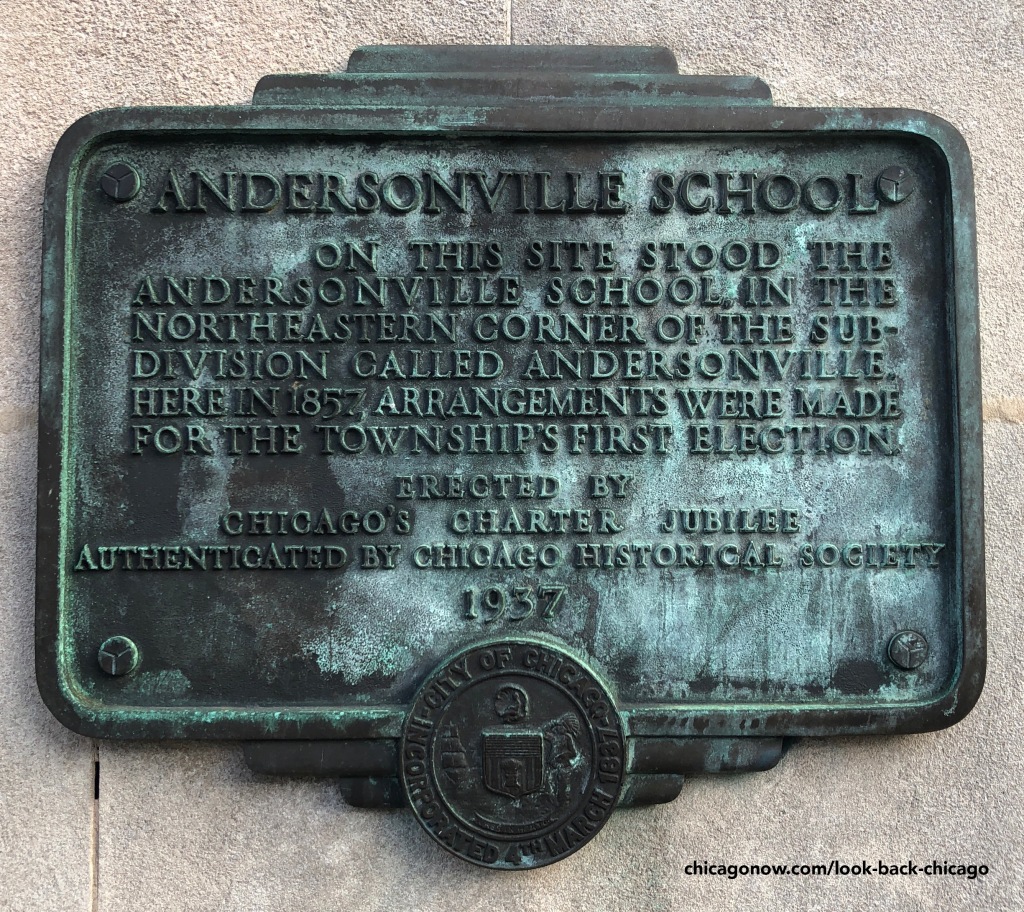
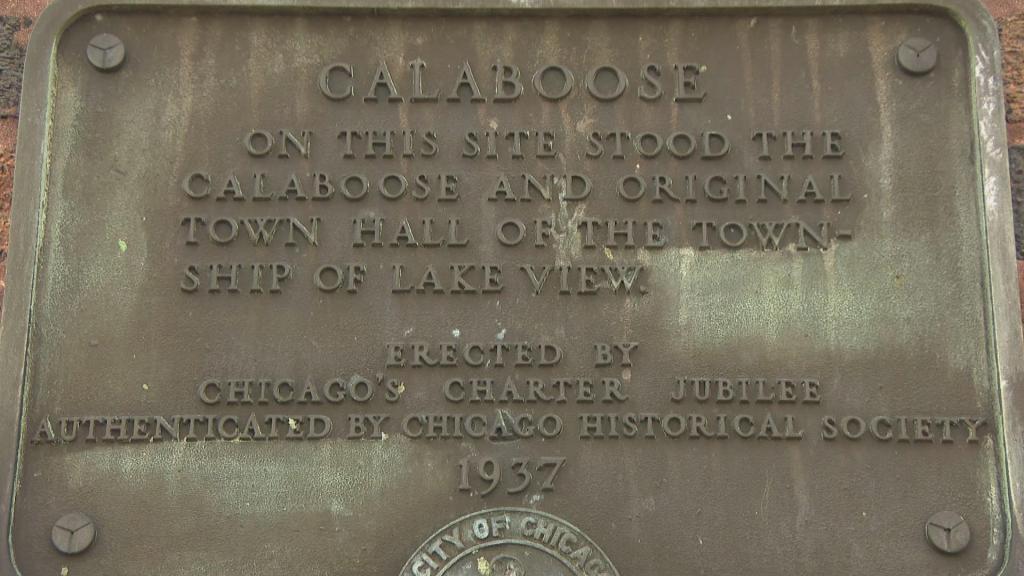
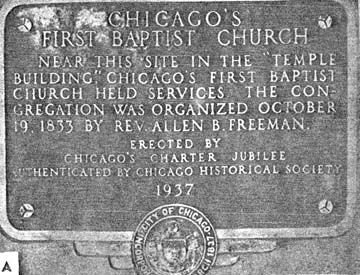

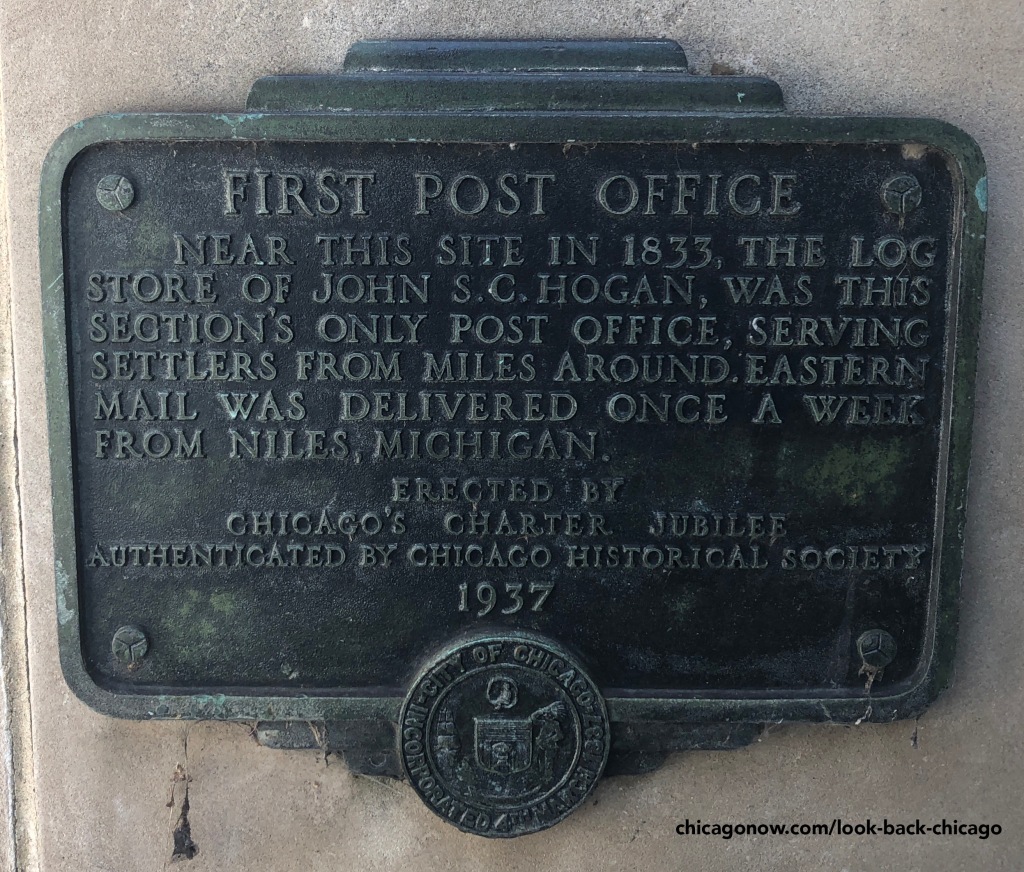
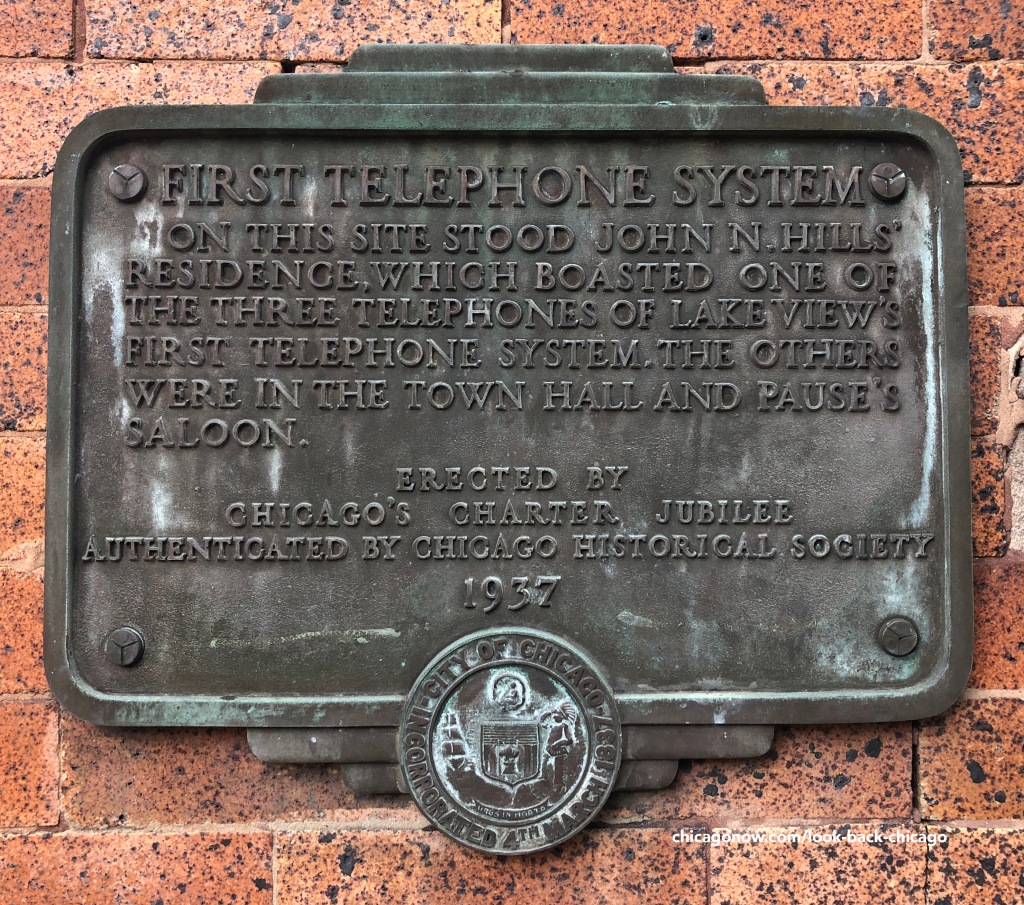

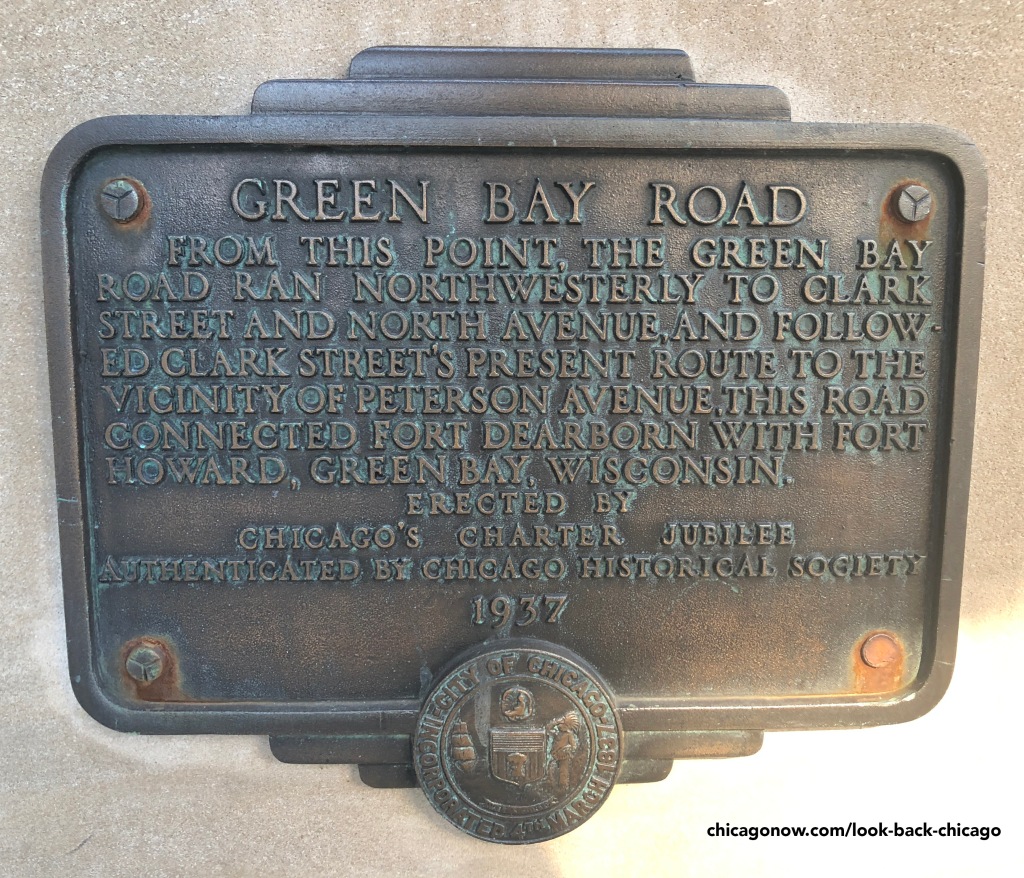
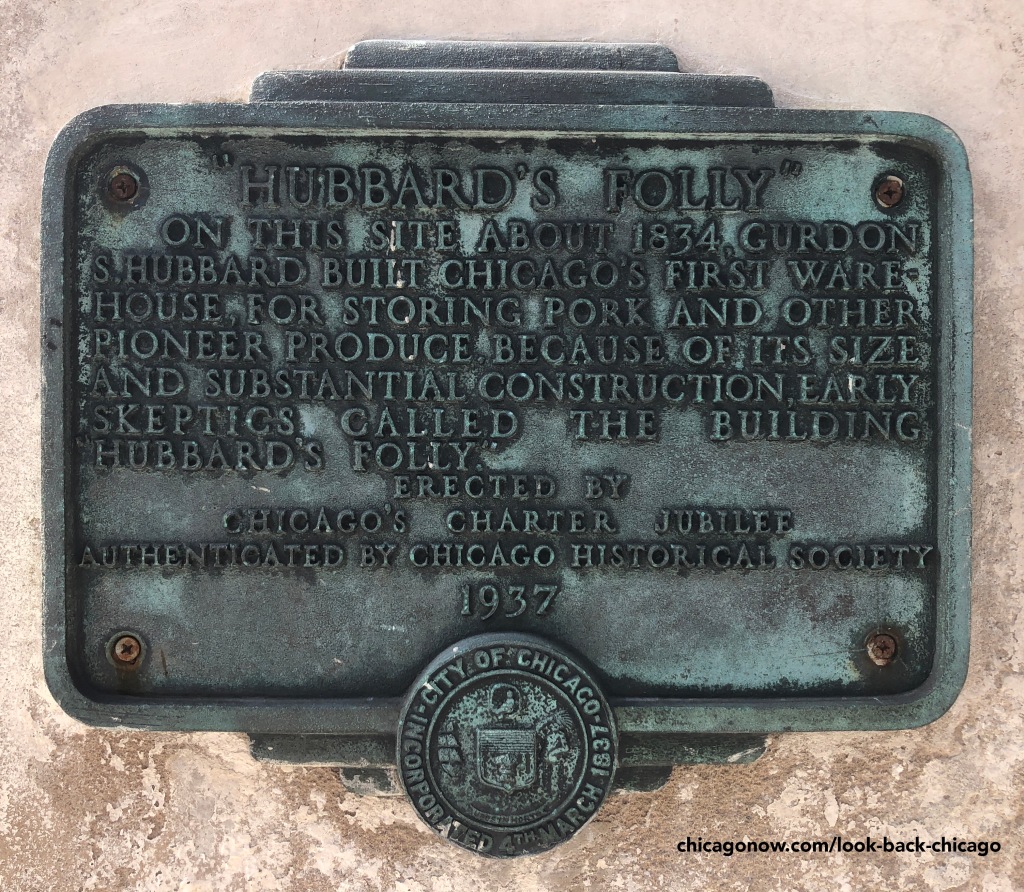

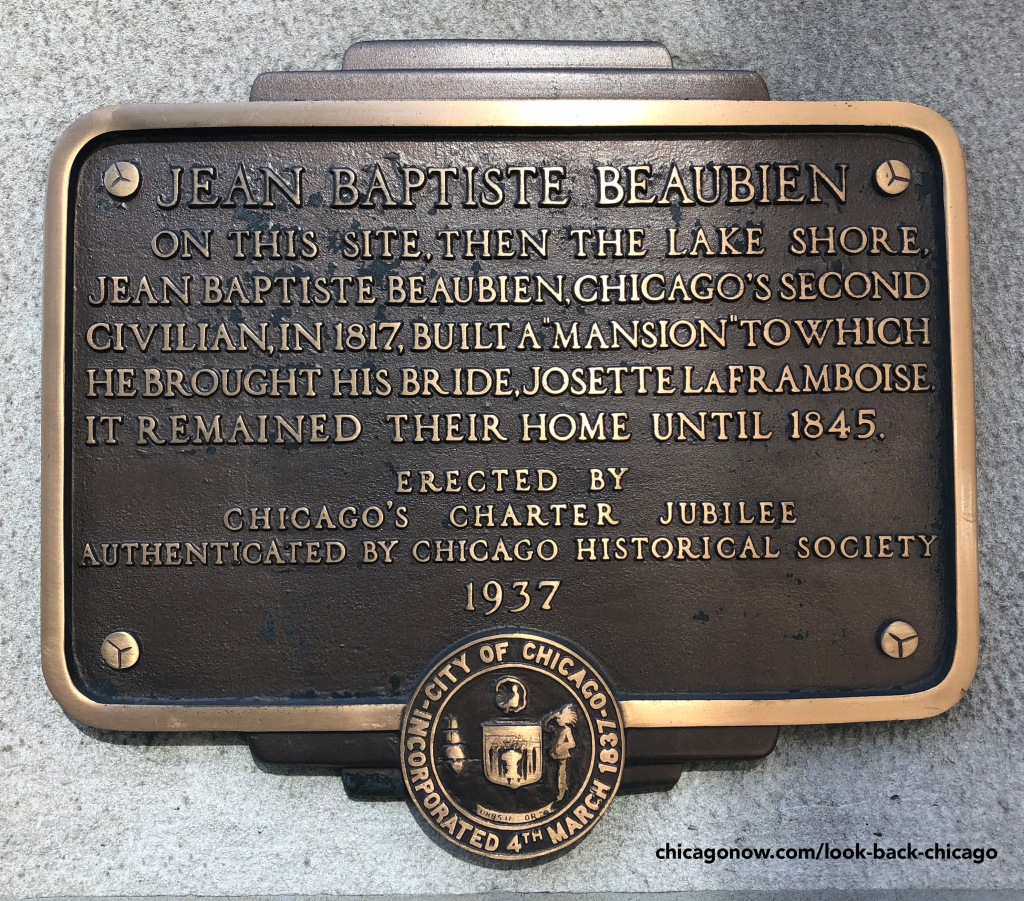
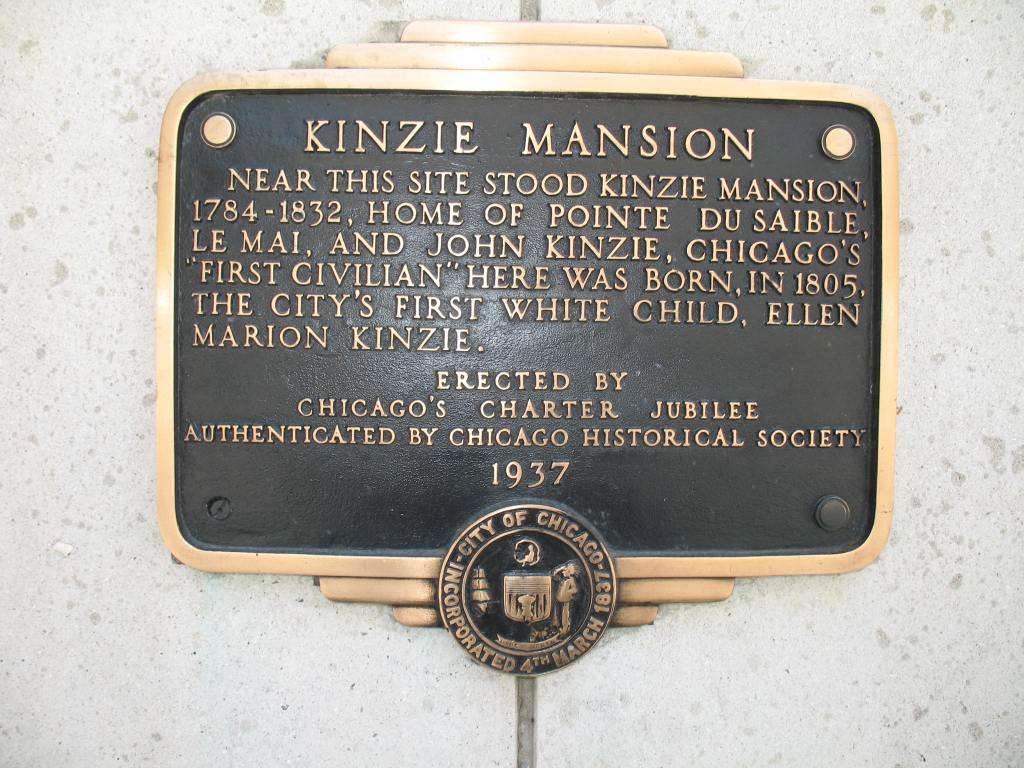
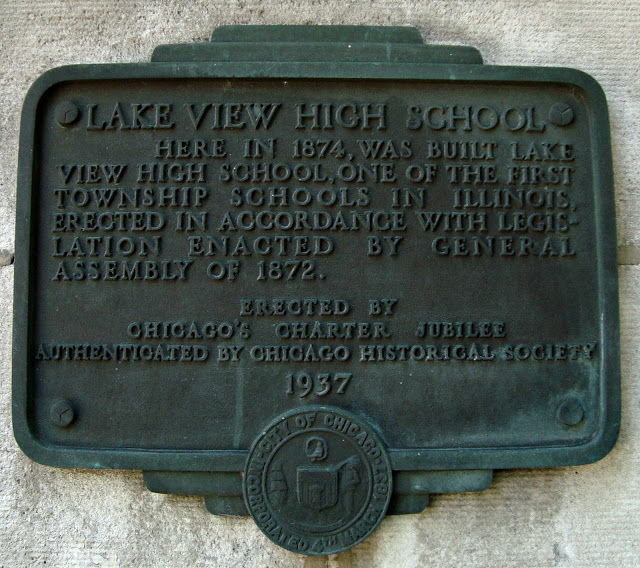
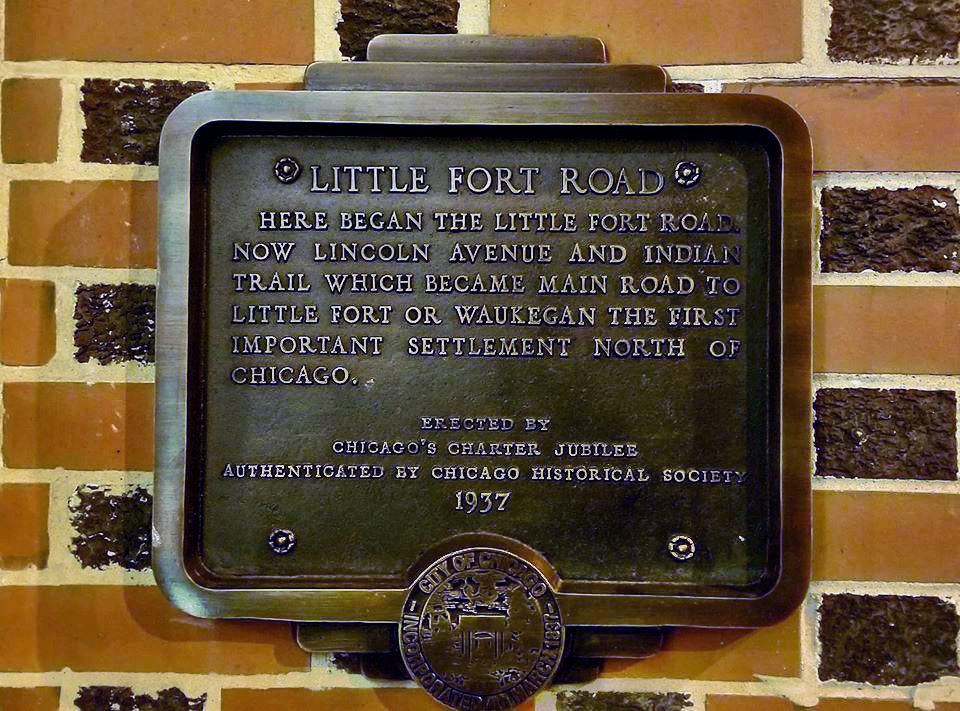
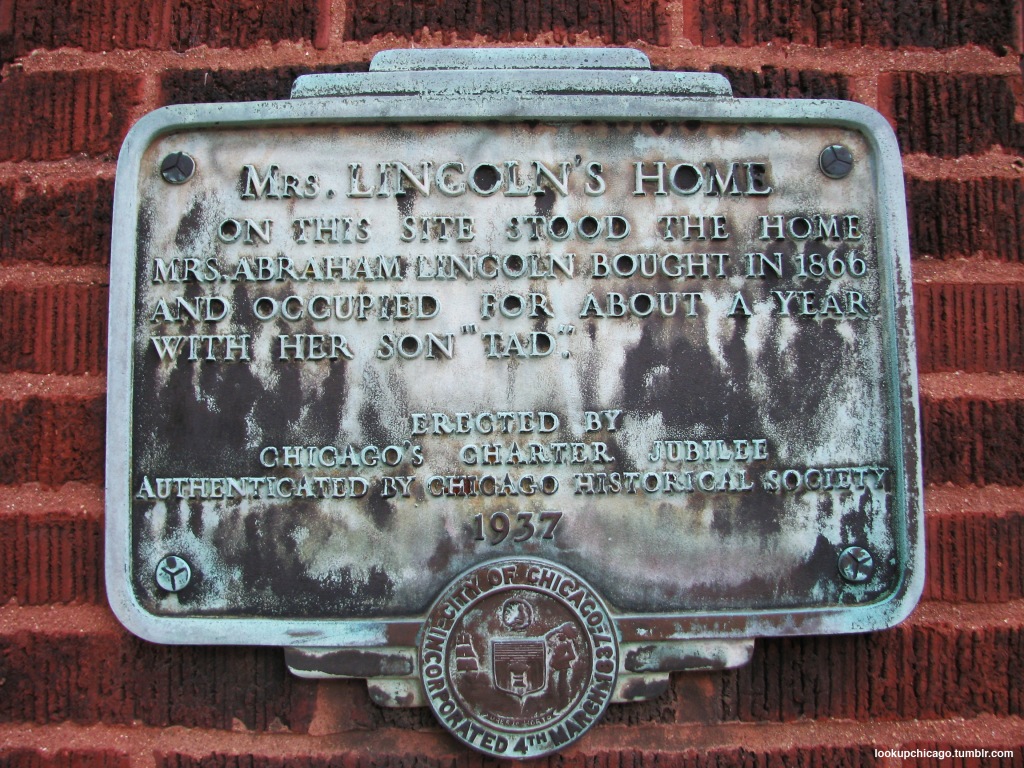
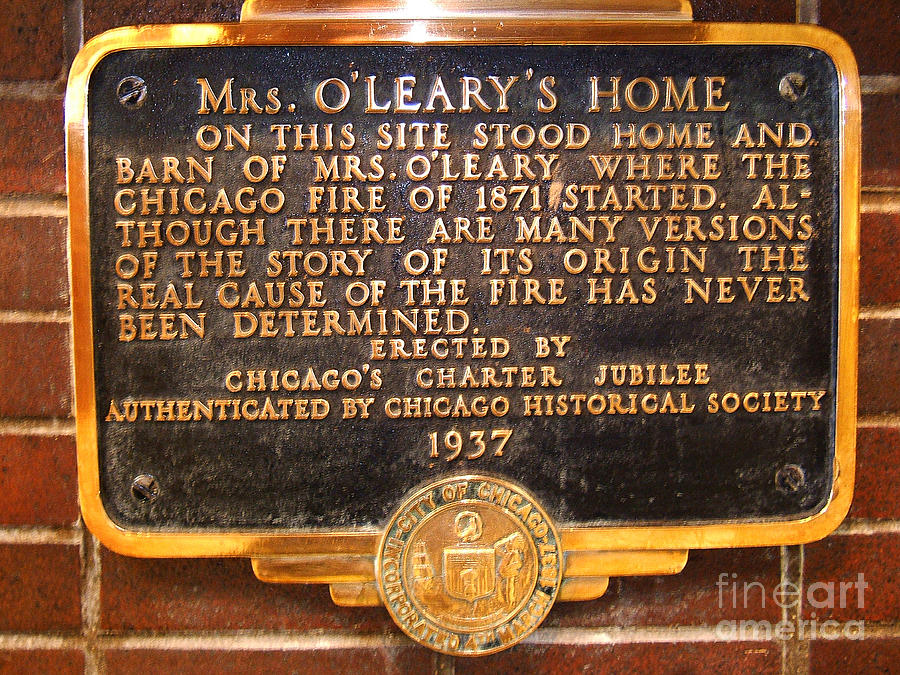
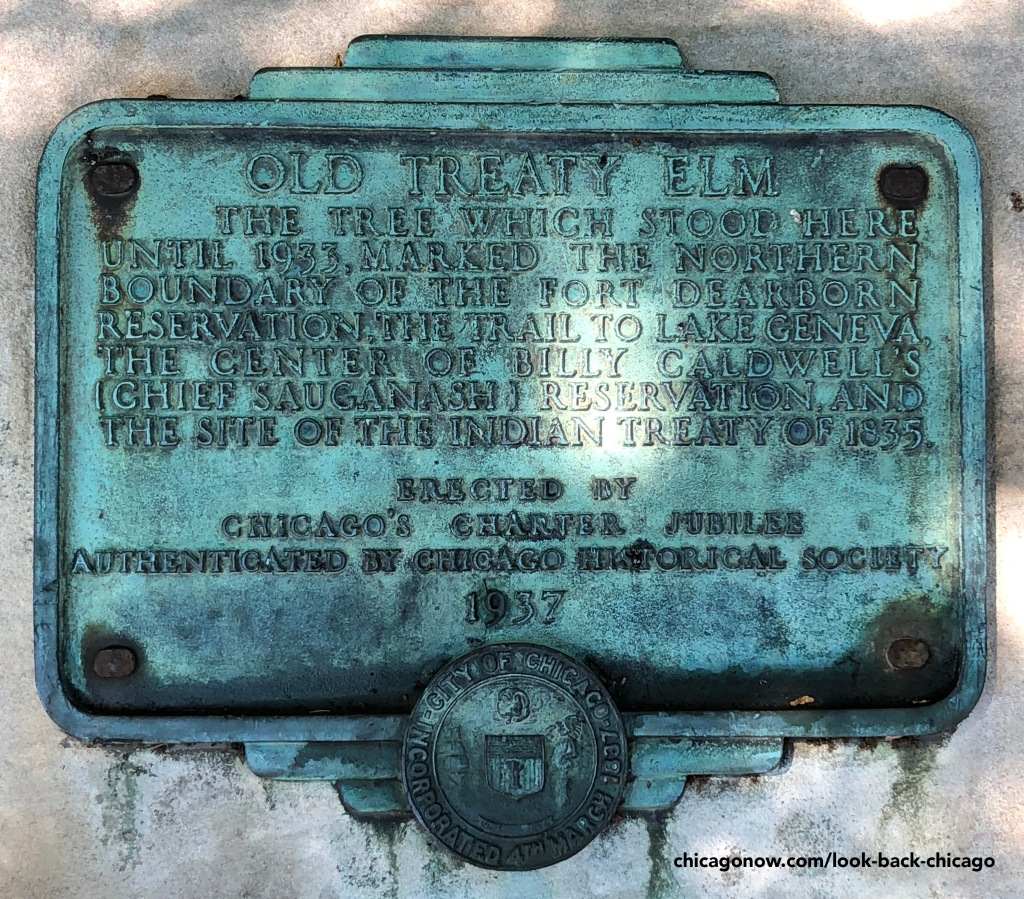
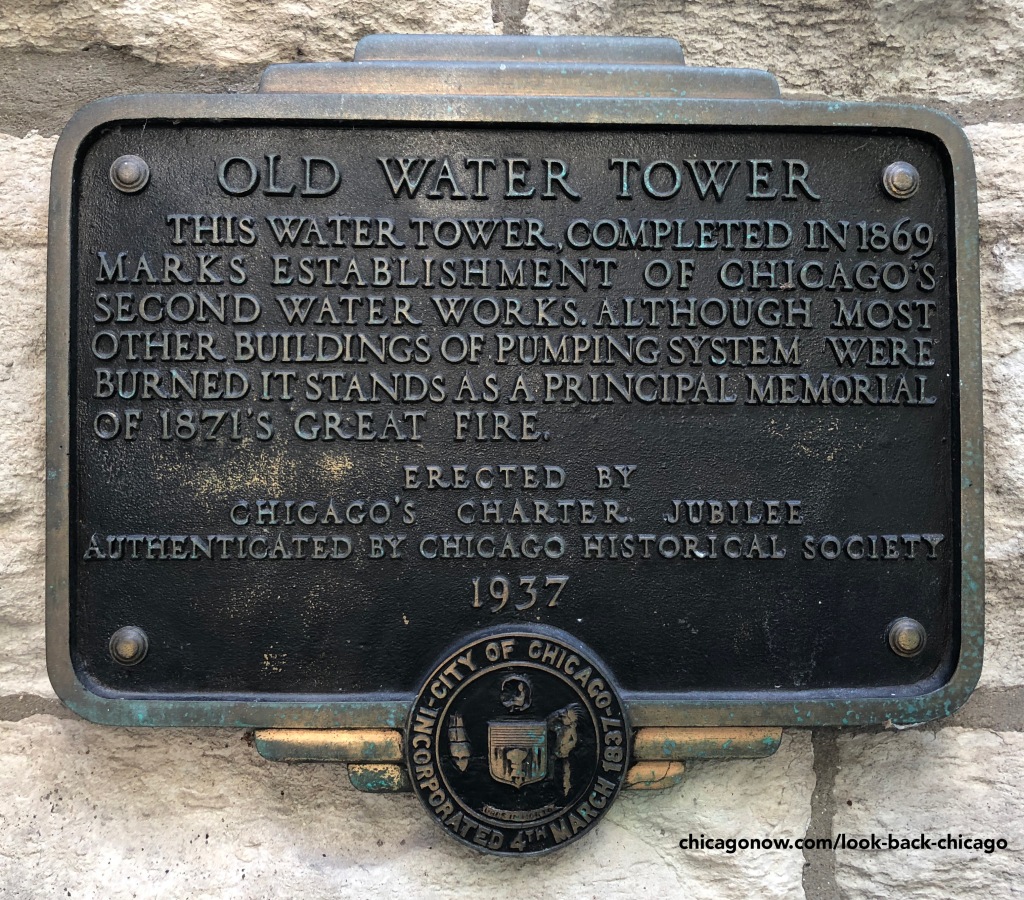
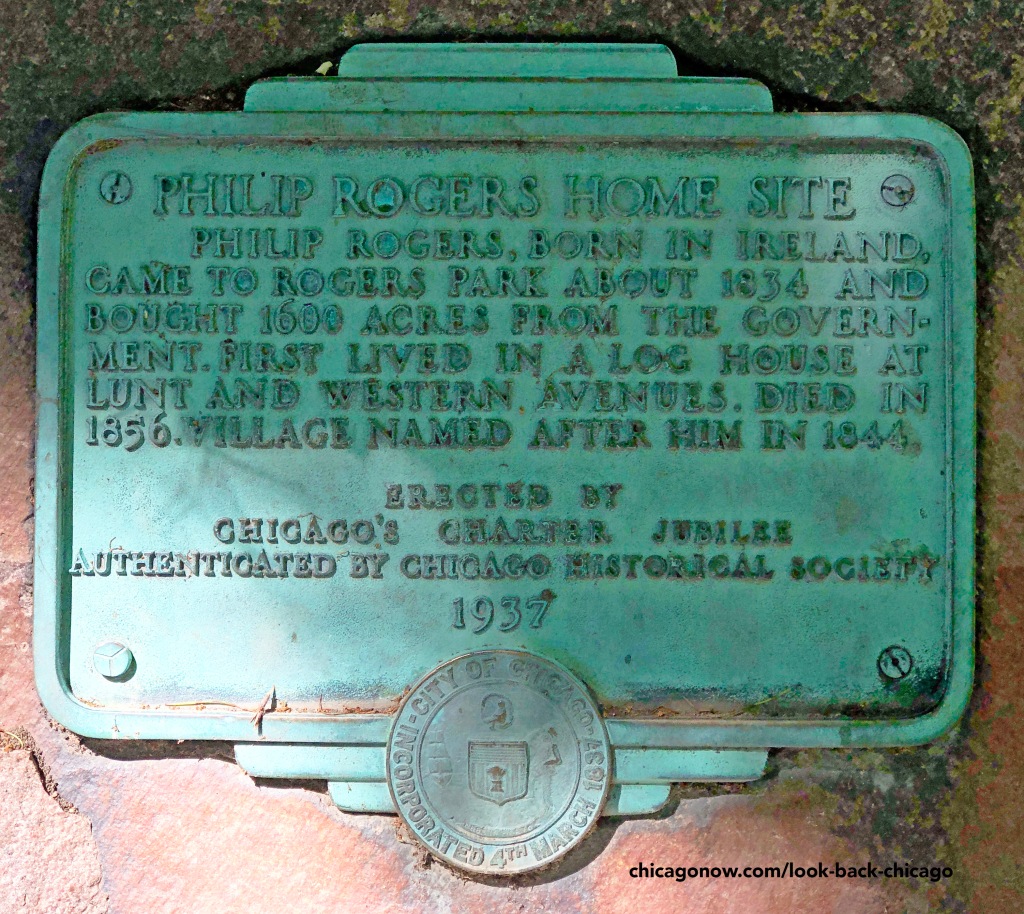
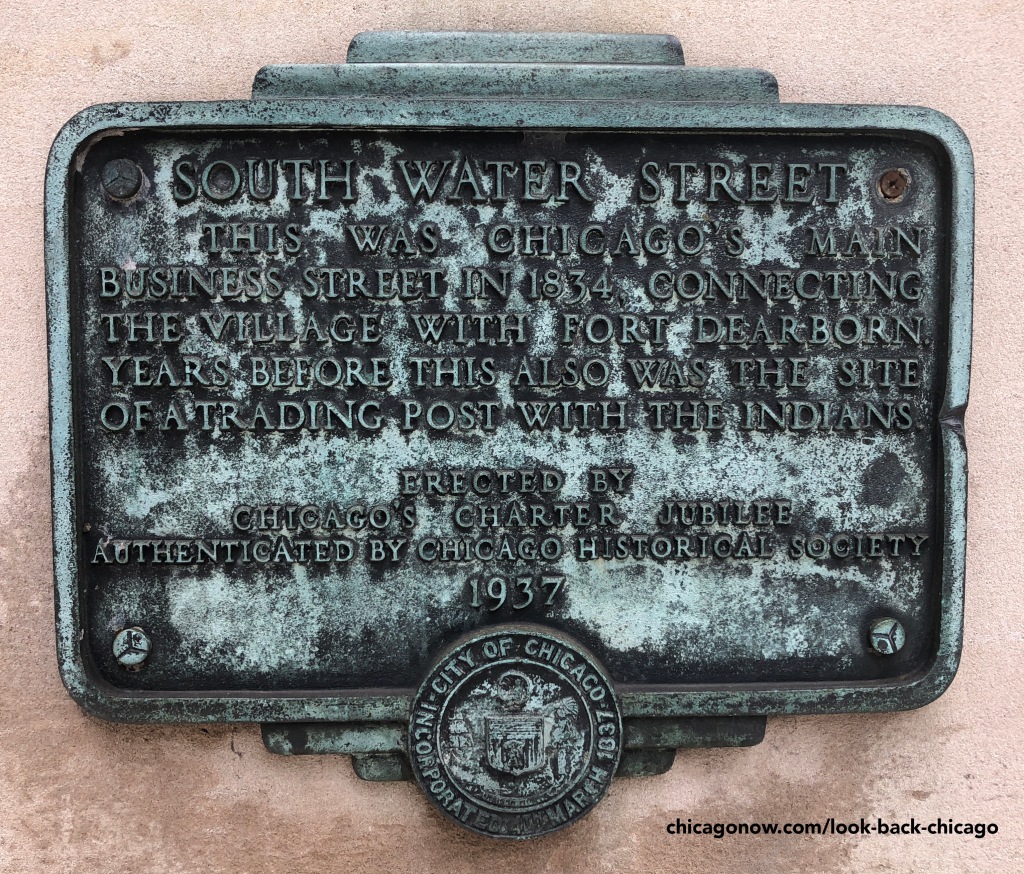
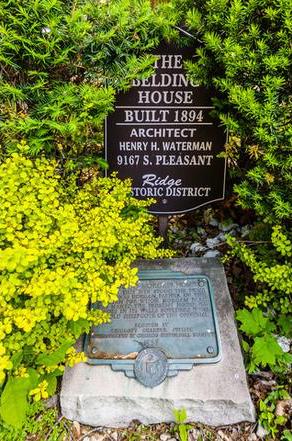
Did we miss a few? Did you find one still remaining in your neighborhood that we didn’t know about? Leave a comment!